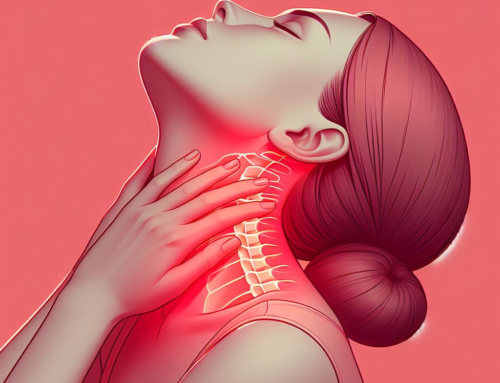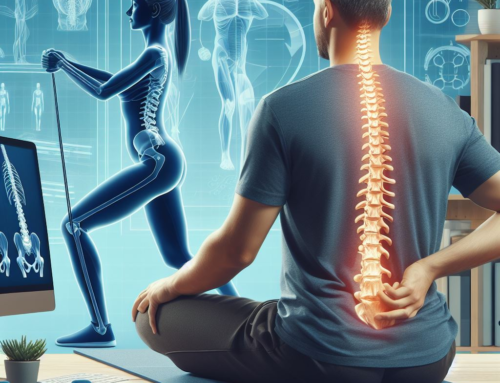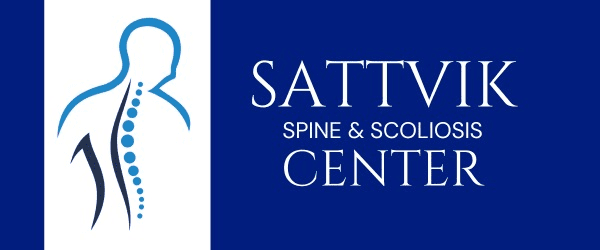Posture plays a pivotal role in maintaining spinal health and overall well-being. Poor posture not only contributes to back strain and discomfort but can also lead to long-term spinal issues. In this article, we delve into the significance of good posture, explore its impact on spinal alignment, and provide practical tips to improve posture and alleviate back strain.
Understanding the Significance of Good Posture
The Foundation of Spinal Health
Good posture forms the foundation of spinal health by ensuring proper alignment of the vertebrae, discs, muscles, and ligaments. It distributes the weight of the body evenly, reducing strain on the spine and supporting structures.
Impact on Overall Well-being
Beyond spinal health, good posture contributes to overall well-being by enhancing breathing, circulation, and digestion. It promotes confidence, alertness, and energy levels while reducing the risk of fatigue and musculoskeletal discomfort.
Also read Degenerative Disc Disease: Managing and Slowing the Progression for a Healthy Spine
Identifying Common Postural Issues
Postural Misalignments
Forward Head Posture
- Description: Forward head posture, or “text neck,” is characterized by the protrusion of the head forward from the shoulders, placing excessive strain on the cervical spine.
- Causes: Prolonged use of electronic devices, poor ergonomic setups, and muscle weakness contribute to forward head posture.
Rounded Shoulders
- Description: Rounded shoulders involve the forward curvature of the upper back and shoulders, leading to muscle imbalances and reduced mobility.
- Causes: Sedentary lifestyles, improper lifting techniques, and weak back muscles contribute to rounded shoulder posture.
Practical Tips to Improve Posture and Reduce Back Strain
Ergonomic Workstation Setup
Proper Chair Alignment
- Chair Height: Adjust the chair height so that your feet rest flat on the floor and your knees are level with or slightly below your hips.
- Lumbar Support: Use a chair with built-in lumbar support or place a rolled towel or cushion behind your lower back to maintain its natural curve.
Monitor and Keyboard Placement
- Eye Level: Position your computer monitor at eye level to prevent straining your neck and keep your head in a neutral position.
- Keyboard and Mouse: Place the keyboard and mouse within easy reach, keeping your wrists straight and elbows close to your body.
Mindful Posture Practices
Postural Awareness
- Body Alignment: Regularly check your posture throughout the day, ensuring that your head, shoulders, and hips are aligned in a straight line.
- Posture Breaks: Take frequent breaks to stand up, stretch, and readjust your posture, especially if you’ve been sitting for an extended period.
Strengthening and Stretching Exercises
- Core Strengthening: Engage in exercises that target the core muscles, such as planks, bridges, and abdominal crunches, to support proper posture and spinal alignment.
- Upper Back Stretching: Perform stretches to open up the chest and counteract rounded shoulders, such as doorway stretches and thoracic extensions.
Incorporating Posture-Enhancing Habits into Daily Life
Consistency and Persistence
Improving posture requires consistent effort and mindfulness. Incorporate posture-enhancing habits into your daily routine, and be patient with yourself as you work toward better alignment and reduced back strain.
Seeking Professional Guidance
If you experience persistent back pain or postural issues, consider seeking guidance from a physical therapist or chiropractor. They can assess your posture, identify any underlying issues, and provide personalized recommendations for improvement.
Also read Unlocking the Secrets of Spinal Health: Your Comprehensive Guide
Conclusion: Prioritizing Posture for Spinal Health
Good posture is not just about sitting up straight; it’s about aligning your body in a way that supports spinal health and overall well-being. By incorporating ergonomic adjustments, mindful posture practices, and strengthening exercises into your daily life, you can improve alignment, reduce back strain, and pave the way for a healthier, pain-free spine.
Note: We are also on WhatsApp, LinkedIn, and telegram, to get the latest news updates, Join our Channels. WhatsApp– Click here, to telegram – Click Here, and for LinkedIn– Click Here.











Get Social